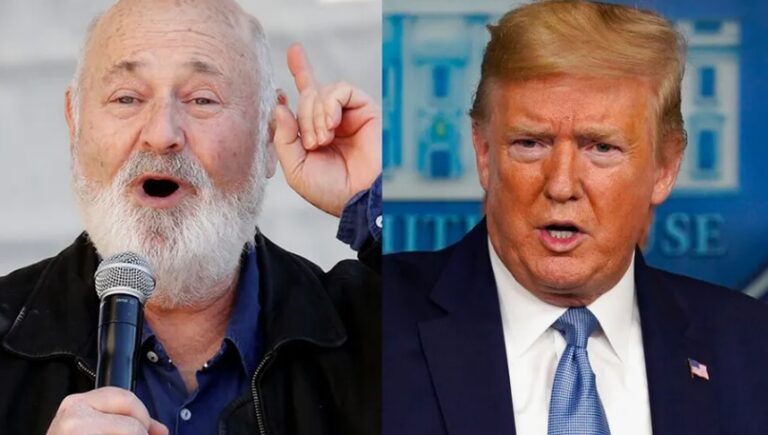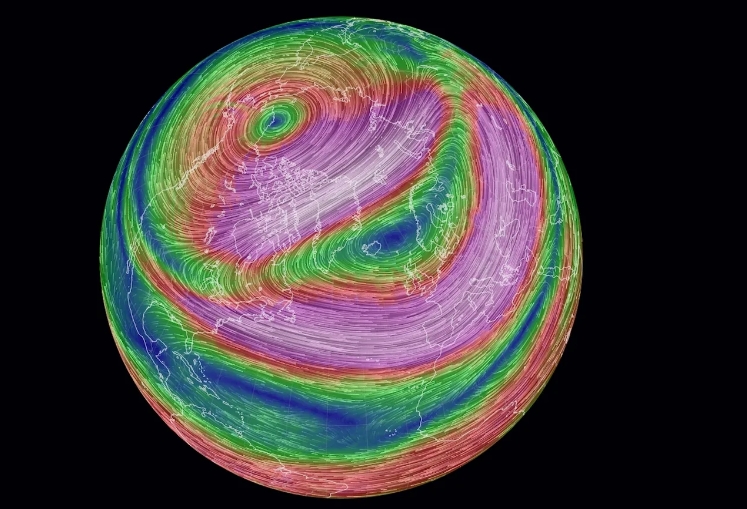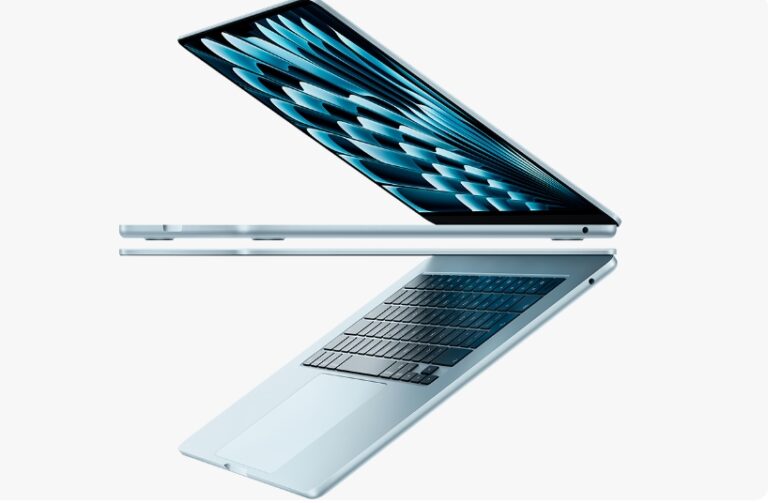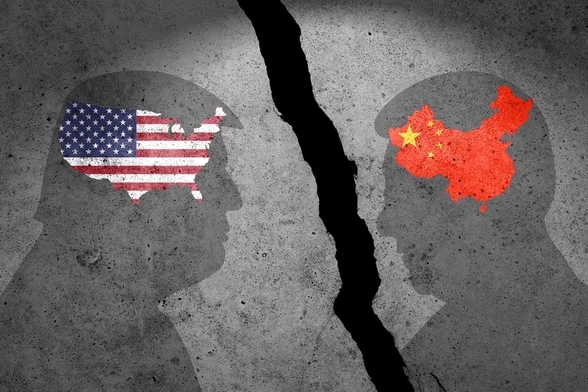
As trade war uncertainty dampens economic optimism, ECB may keep rates steady – The European Central Bank was expected to maintain its interest rate stance on Thursday, taking a break after seven consecutive cuts, as it bides its time for clarity on Europe’s trade relations with the US. Within a year of containing a price spike that followed the COVID-19 pandemic’s termination and Russia’s invasion of Ukraine, the European Central Bank cut its policy rate in half, from 4% to 2%. As trade war uncertainty dampens economic optimism
To stay up-to-date on all the newest trade and tariff news from around the world, subscribe to the Reuters Tariff Watch newsletter. Get started by clicking here. The 84 economists surveyed by Reuters all agreed that euro zone central bankers will likely sit on their hands this week as they await news on the tariffs that the Trump administration will impose on the EU following the August 1 deadline for negotiations, given that inflation is now back at the 2% target and expected to remain there.
Policymaking has become more challenging due to the volatile and uncertain trade talks between the US and EU.
As a result of Trump’s threat to impose a 30% tariff on EU goods exported to the US, the ECB has had to consider less optimistic growth and inflation forecasts, according to ECB President Christine Lagarde and her colleagues on the Governing Council. This is despite the fact that the ECB had already released three more pessimistic scenarios last month.
On Wednesday, however, two officials claimed that the United States and the European Union were approaching an agreement that would apply a general tariff of fifteen percent on goods produced in the EU. This outcome would be more in line with the baseline scenario proposed by the European Central Bank than the extreme alternative.”If the two sides indeed conclude such a deal, it would support our call that the euro zone economy can regain momentum from the fourth quarter onwards and that the ECB will not need to cut rates further,” said Holger Schmieding, an economist at Berenberg. As trade war uncertainty dampens economic optimism
Japan negotiated a tariff rate of 15%, Indonesia 20%, and Britain 10% (despite its trade deficit with the US), among other treaties that could be used as a model for the EU. “The key point is that tariffs look likely to be higher and more varied across countries than the 10% flat baseline that many had assumed would be the end-point of tariff negotiations,” stated Paul Hollingsworth, head of developed markets economics at BNP Paribas. In the medium run, the European Central Bank expects growth to be dampened and inflation to rise as a result of U.S. tariffs, barring any response from the EU.
“If the two sides indeed conclude such a deal, it would support our call that the euro zone economy can regain momentum from the fourth quarter onwards and that the ECB will not need to cut rates further,” said Holger Schmieding, an economist at Berenberg. Japan negotiated a tariff rate of 15%, Indonesia 20%, and Britain 10% (despite its trade deficit with the US), among other treaties that could be used as a model for the EU.
“The key point is that tariffs look likely to be higher and more varied across countries than the 10% flat baseline that many had assumed would be the end-point of tariff negotiations,” stated Paul Hollingsworth, head of developed markets economics at BNP Paribas. In the medium run, the European Central Bank expects growth to be dampened and inflation to rise as a result of U.S. tariffs, barring any response from the EU. Since inflation is now in danger of falling too low, markets and most experts are still predicting one more interest rate cut, perhaps around the year’s end. As trade war uncertainty dampens economic optimism
Even while businesses in the Eurozone are hopeful for an upcoming recovery, they are beginning to see the negative impact of tariffs on their bottom lines.
The economy is scarcely expanding at all. A possible undershoot is raised even by the ECB’s own forecasts, which show price growth falling below 2% for the following 18 months. A more difficult period may lie ahead in late 2026, when inflation falls to 1.5% and remains around that level, according to Societe Generale’s Anatoli Annenkov. “Here we see risks that inflation expectations follow inflation lower, forcing the ECB to take action to anchor inflation expectations.” However, policy uncertainty has not yet caused a market or economic slump, and banks have witnessed increased lending demand.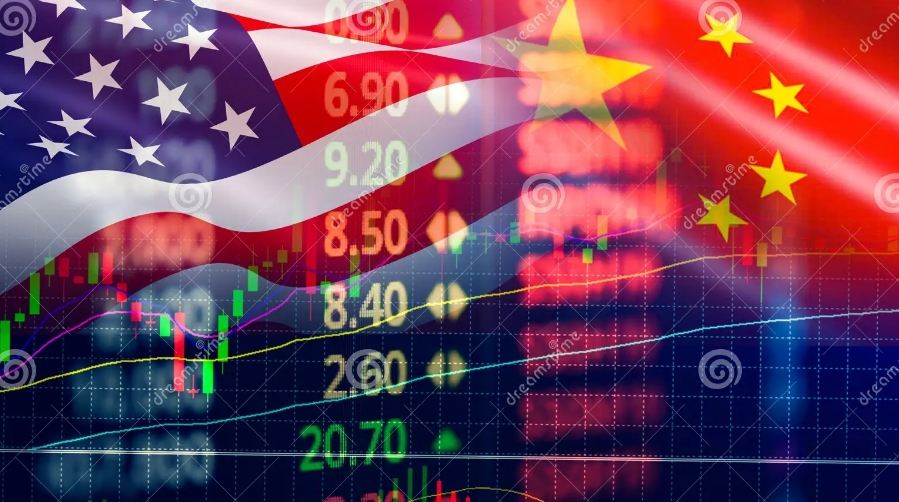
Investors have shrugged off the trade uncertainty since April’s brief selloff; European share indices are at record highs, helped in part by Germany’s renewed spending appetite. Earlier this month, the euro briefly climbed to its highest level versus the dollar since September 2021, at $1.1829, as a result of international investors being drawn to euro zone assets due to unpredictable US policymaking, notably Trump’s constant criticism of the Federal Reserve.
ECB board member and vocal hawk Isabel Schnabel warned that tariffs could lead to price increases and set a “very high” bar for additional reductions. As trade war uncertainty dampens economic optimism
Some politicians are worried that a stronger euro will reduce the competitiveness of European exports and slow inflation, which is why they are worried about the euro’s appreciation. “On that front, we would expect Christine Lagarde to strike a reassuring tone, reminding people that the ECB does not target exchange rates but that any resulting downward pressure on inflation will be addressed, if necessary,” said Julien Lafargue, chief market strategist at Barclays Private Bank.The European Central Bank was expected to maintain its interest rate stance on Thursday, taking a break after seven consecutive cuts, as it bides its time for clarity on Europe’s trade relations with the US. As trade war uncertainty dampens economic optimism
Within a year of containing a price spike that followed the COVID-19 pandemic’s termination and Russia’s invasion of Ukraine, the European Central Bank cut its policy rate in half, from 4% to 2%.To stay up-to-date on all the newest trade and tariff news from around the world, subscribe to the Reuters Tariff Watch newsletter. Get started by clicking here. The 84 economists surveyed by Reuters all agreed that euro zone central bankers will likely sit on their hands this week as they await news on the tariffs that the Trump administration will impose on the EU following the August 1 deadline for negotiations, given that inflation is now back at the 2% target and expected to remain there.
Policymaking has become more challenging due to the volatile and uncertain trade talks between the US and EU.
As a result of Trump’s threat to impose a 30% tariff on EU goods exported to the US, the ECB has had to consider less optimistic growth and inflation forecasts, according to ECB President Christine Lagarde and her colleagues on the Governing Council. This is despite the fact that the ECB had already released three more pessimistic scenarios last month.
On Wednesday, however, two officials claimed that the United States and the European Union were approaching an agreement that would apply a general tariff of fifteen percent on goods produced in the EU. This outcome would be more in line with the baseline scenario proposed by the European Central Bank than the extreme alternative.”If the two sides indeed conclude such a deal, it would support our call that the euro zone economy can regain momentum from the fourth quarter onwards and that the ECB will not need to cut rates further,” said Holger Schmieding, an economist at Berenberg.
Japan negotiated a tariff rate of 15%, Indonesia 20%, and Britain 10% (despite its trade deficit with the US), among other treaties that could be used as a model for the EU. “The key point is that tariffs look likely to be higher and more varied across countries than the 10% flat baseline that many had assumed would be the end-point of tariff negotiations,” stated Paul Hollingsworth, head of developed markets economics at BNP Paribas. In the medium run, the European Central Bank expects growth to be dampened and inflation to rise as a result of U.S. tariffs, barring any response from the EU.
“If the two sides indeed conclude such a deal, it would support our call that the euro zone economy can regain momentum from the fourth quarter onwards and that the ECB will not need to cut rates further,” said Holger Schmieding, an economist at Berenberg. Japan negotiated a tariff rate of 15%, Indonesia 20%, and Britain 10% (despite its trade deficit with the US), among other treaties that could be used as a model for the EU.
“The key point is that tariffs look likely to be higher and more varied across countries than the 10% flat baseline that many had assumed would be the end-point of tariff negotiations,” stated Paul Hollingsworth, head of developed markets economics at BNP Paribas.
In the medium run, the European Central Bank expects growth to be dampened and inflation to rise as a result of U.S. tariffs, barring any response from the EU. Since inflation is now in danger of falling too low, markets and most experts are still predicting one more interest rate cut, perhaps around the year’s end. Even while businesses in the Eurozone are hopeful for an upcoming recovery, they are beginning to see the negative impact of tariffs on their bottom lines. The economy is scarcely expanding at all.
A possible undershoot is raised even by the ECB’s own forecasts, which show price growth falling below 2% for the following 18 months. A more difficult period may lie ahead in late 2026, when inflation falls to 1.5% and remains around that level, according to Societe Generale’s Anatoli Annenkov. “Here we see risks that inflation expectations follow inflation lower, forcing the ECB to take action to anchor inflation expectations.” However, policy uncertainty has not yet caused a market or economic slump, and banks have witnessed increased lending demand.
Investors have shrugged off the trade uncertainty since April’s brief selloff; European share indices are at record highs, helped in part by Germany’s renewed spending appetite. Earlier this month, the euro briefly climbed to its highest level versus the dollar since September 2021, at $1.1829, as a result of international investors being drawn to euro zone assets due to unpredictable US policymaking, notably Trump’s constant criticism of the Federal Reserve.
ECB board member and vocal hawk Isabel Schnabel warned that tariffs could lead to price increases and set a “very high” bar for additional reductions.
Some politicians are worried that a stronger euro will reduce the competitiveness of European exports and slow inflation, which is why they are worried about the euro’s appreciation.
“On that front, we would expect Christine Lagarde to strike a reassuring tone, reminding people that the ECB does not target exchange rates but that any resulting downward pressure on inflation will be addressed, if necessary,” said Julien Lafargue, chief market strategist at Barclays Private Bank.

